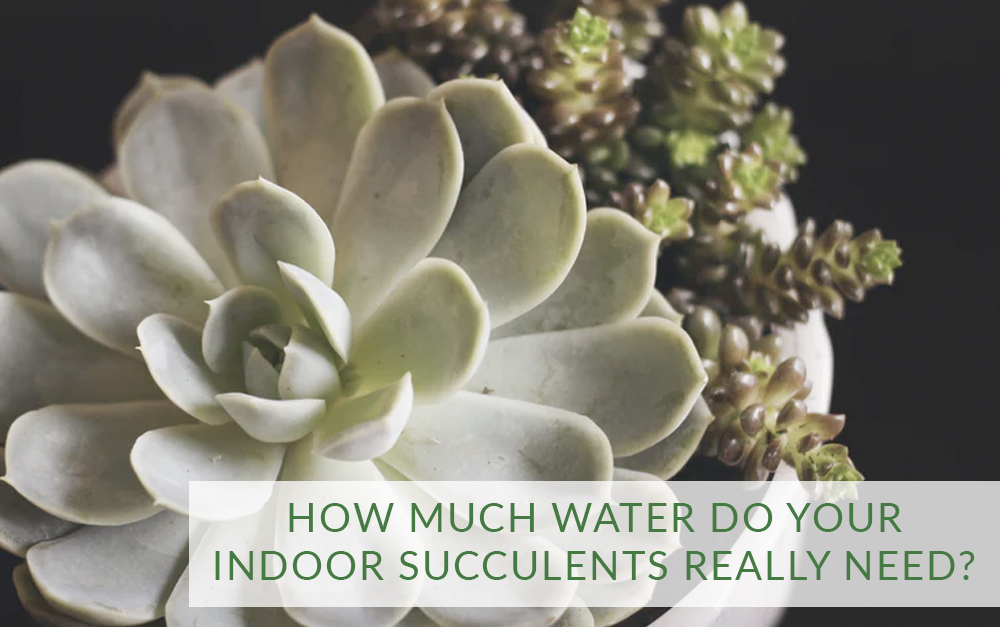Succulents and air plants have been trending as an easy way to add some plants to your space. A succulent is a plant with thick, fleshy tissues adapted to aid in water storage in arid climates or soil conditions. Some succulents store water in their stems and don’t have leaves, and others store water mainly in their leaves. Adding succulents and cacti can remove toxins from your environment through the absorption of respiratory waste, and they help to freshen the air.
Even though our Visalia winters are milder than the rest of the country, succulents still will need a little extra love during winter. Succulents are generally pretty hardy, but still require particular watering.
Water is the source of life, but too much of a good thing and your succulent will not survive. Despite their general resilience, succulents do not love overwatering. They love dry, hot landscapes, which is why they generally do well in the Central Valley. Your snake plants, money trees, and cactuses can take care of themselves for a while by pulling moisture from their reserves in the leaves, stems and roots.
How do you know how often to water your succulent? While there are rules regarding watering most plants, including succulents, as gardeners we often do things more intuitively. Generally, succulents, depending on the season, can go one to three weeks between watering. During winter less water is important.
The best rule of thumb is to check the soil of your plant to discern its individual needs. What are you looking for? Every couple of days stick your finger into the top level of the soil, and if it’s really dry, like desert dry… then water it. Another way that your succulent speaks to you is through its leaves, if it has them. If its leaves are plump and firm then it’s happy, if it’s wilted and dull… give them a drink.
How does your succulent like to drink? One thing to avoid with succulents is misting. Some plants enjoy mist on their leaves, but not succulents. In their natural environment they wouldn’t have damp leaves. This unexpected water can cause fungal issues.
Your succulent is used to dry areas. This is one reason you should make sure it has proper drainage. They don’t want to sit in all that unnecessary water, and don’t even think about using ice cubes to water slowly! They don’t like the brrr factor. A good soak for your succulent is better than trying to spread it out.
Most succulents like to be watered from above. You can gently pour water over its topsoil until it comes out of the drainage hole. If there is still water on the tray after about 15 minutes make sure to dump it. Your succulent has had enough! If your succulent has compact soil and doesn’t like to absorb top watering, you can use bottom water and let it soak up from its drainage tray without damaging its roots from the impact.
Squishy, brown leaves and constantly wet soil are not a good sign. You can help prevent overwatering by using a well-draining soil mix or including particles like rock and bark. Succulents can be a low maintenance houseplant adapted from drier environments and with some general knowledge and intuition you can have a happy, healthy succulent collection!

